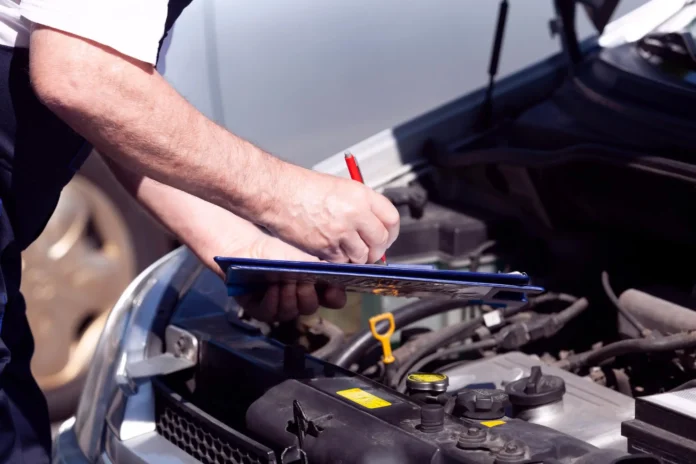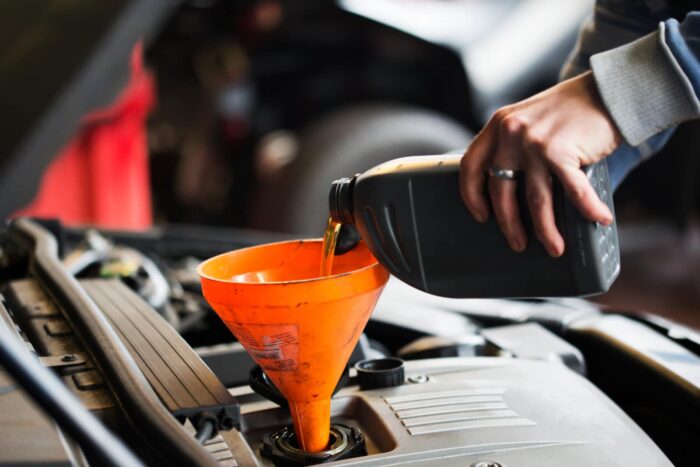
Are you considering diving into the used car market? Imagine finding a pre-owned vehicle that meets your needs and feels like a new car while saving you money. This might seem like a distant dream, but it’s entirely possible with the proper checklist for buying a used vehicle.
Whether you’re a first-time buyer or a seasoned driver, this guide will help you navigate the complexities of the used car world, ensuring you drive away with a gem. Keep reading as we explore this subject more.
The Appeal of Pre-Owned Vehicles
The attraction towards buying used cars has grown considerably in recent years. This shift is no longer solely driven by the potential for cost savings. Instead, it has evolved into a matter of making intelligent financial decisions.
Pre-owned vehicles typically offer the benefit of lower depreciation rates compared to their new counterparts. This aspect makes them an economically sensible option, especially for those looking to get the most value for their money.
Establish a Realistic Budget

Set a realistic budget for your car purchase. Consider the cost of the car and additional expenses such as insurance, maintenance, and potential financing costs.
It’s also wise to factor in the fuel cost and any possible future repairs or upgrades you might want to make. Remember, the goal is to find a balance between the car you need and what you can afford without overextending your finances.
Financing Through Dealerships
A common method for financing a used car is through dealership financing. Many dealerships have tie-ups with financial institutions and offer various loan options.
It’s crucial to compare these dealership financing options with other loan offers you might have. Look for the most favorable interest rates and terms that suit your financial situation. Be mindful of any hidden fees or clauses that could affect the overall cost of the loan.
Financing With Personal Loans
Personal loans can be a viable alternative to dealership financing. Banks, credit unions, and online lenders often provide them. The major advantage of personal loans is their flexibility in terms of loan amounts and repayment periods.
If you have a strong credit history, you might secure lower interest rates with a personal loan compared to what a dealership might offer. However, it’s essential to compare the total costs, including origination fees and the annual percentage rate (APR), to ensure you get the best deal.
Conduct Thorough Research
Before stepping into any dealership, do extensive research. Familiarize yourself with the models that catch your interest, understand their market value, and be aware of everyday issues.
Be sure to use online platforms and consumer reports. They are invaluable resources for information.
Navigating Dealerships

Visiting a used car dealership requires preparation and research. Establishments like Cardinaleway Mazda Peoria provide a variety of pre-owned vehicles. But having a clear idea of what you need is crucial.
Before you arrive, familiarize yourself with different car models, their market value, and typical maintenance needs. This knowledge will help you ask the right questions and avoid being overwhelmed by the choices.
It’s also helpful to have a clear understanding of your budget and financing options, as this can guide your decision-making process and negotiations.
Evaluating Vehicle Condition
When considering a used car, assessing its condition is paramount. Look beyond the aesthetics; check for signs of wear and tear, examine the engine, and pay attention to the car’s history, including previous accidents or major repairs.
It’s beneficial to have the car inspected by a trusted mechanic. This step is crucial for uncovering any problems that might not be immediately apparent.
Perform a Detailed Inspection
When it comes to used cars, looks can be deceiving. Thoroughly inspect the vehicle for signs of rust, the condition of the tires, and any evidence of accidents or major repairs. A well-polished exterior does not guarantee a well-maintained interior.
Test Driving and Verification
A thorough test drive is integral to the buying process. It allows you to assess the car’s handling, comfort, and overall performance. Listen for unusual sounds during the test drive and notice how the car responds to different driving conditions.
Additionally, verify the vehicle’s history through reports like CARFAX or AutoCheck. These sites can provide detailed information about past ownership, accidents, and service records.
Negotiating and Finalizing the Deal
With thorough research and knowledge of the car’s condition, you can negotiate the price better. Remember, the listed price is often only a starting point for negotiations.
After settling on a price, review all paperwork, including the sales contract, warranty information, and guarantees. Make sure you understand all the terms and conditions before finalizing the deal.
By adhering to these steps and being well-informed about the nuances of the used car market, you can navigate the process better and make a purchase that meets your needs and budget.
Maintaining Your Pre-Owned Vehicle For Long-Term Reliability

Once you’ve bought a used car, maintaining it is critical to its longevity. Regular servicing, timely repairs, and proper care will keep your car running like new for years.
You must perform routine checks and replace wear-and-tear items like brake pads, batteries, and tires. These are more prone to deterioration in pre-owned vehicles.
Paying attention to your car’s fluid levels, such as engine oil, coolant, and brake fluid, is also essential for preventing mechanical issues.
Being mindful of your driving habits, such as avoiding harsh accelerations and braking, can reduce wear on your vehicle’s engine and brakes.
Be sure to keep your vehicle sheltered or covered when not in use. Doing this helps protect the exterior from environmental damage and maintains its aesthetic appeal.
Concluding Thoughts ─ Checklist For Buying a Used Vehicle
Buying a used car can be a smart, economical decision. By following this detailed checklist for buying a used vehicle, you’re not just purchasing a car but making a well-informed investment.
Remember, knowledge is power in the used car market. Equip yourself with the right information, and you’re all set for a successful car-buying journey.
Thank you for taking the time to read this comprehensive guide on buying a used vehicle. We invite you to explore our other insightful articles, where you’ll find more valuable tips and advice.
















